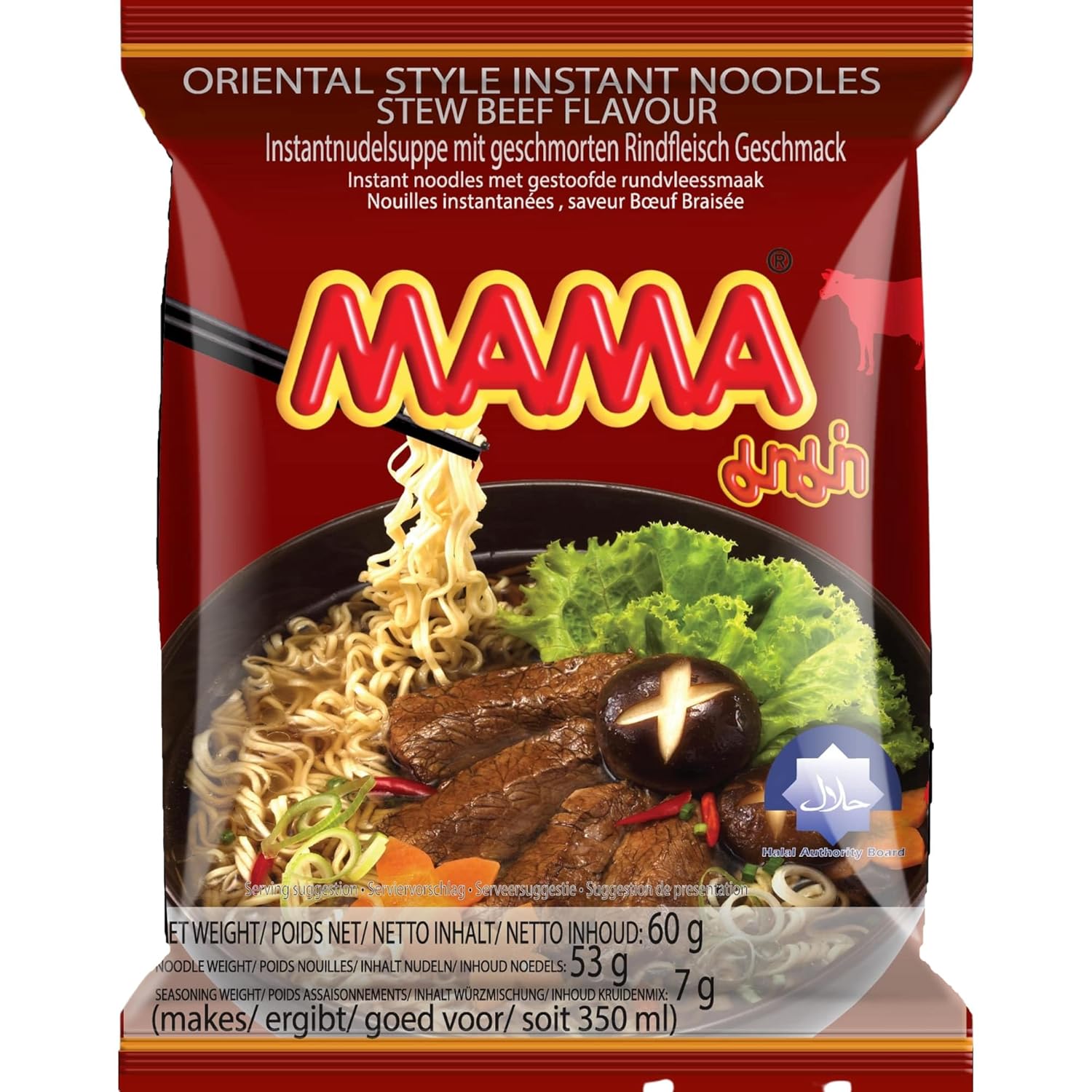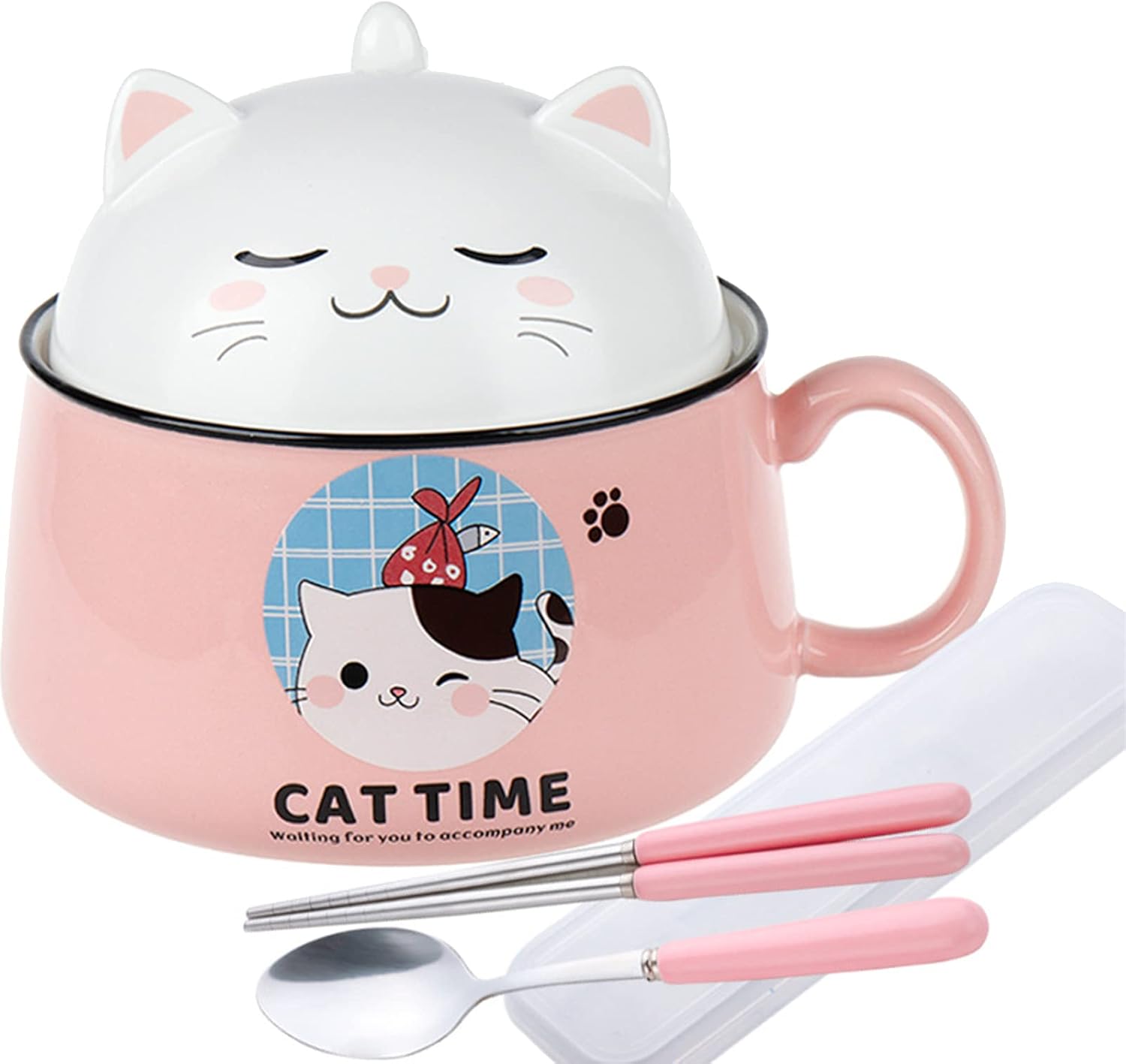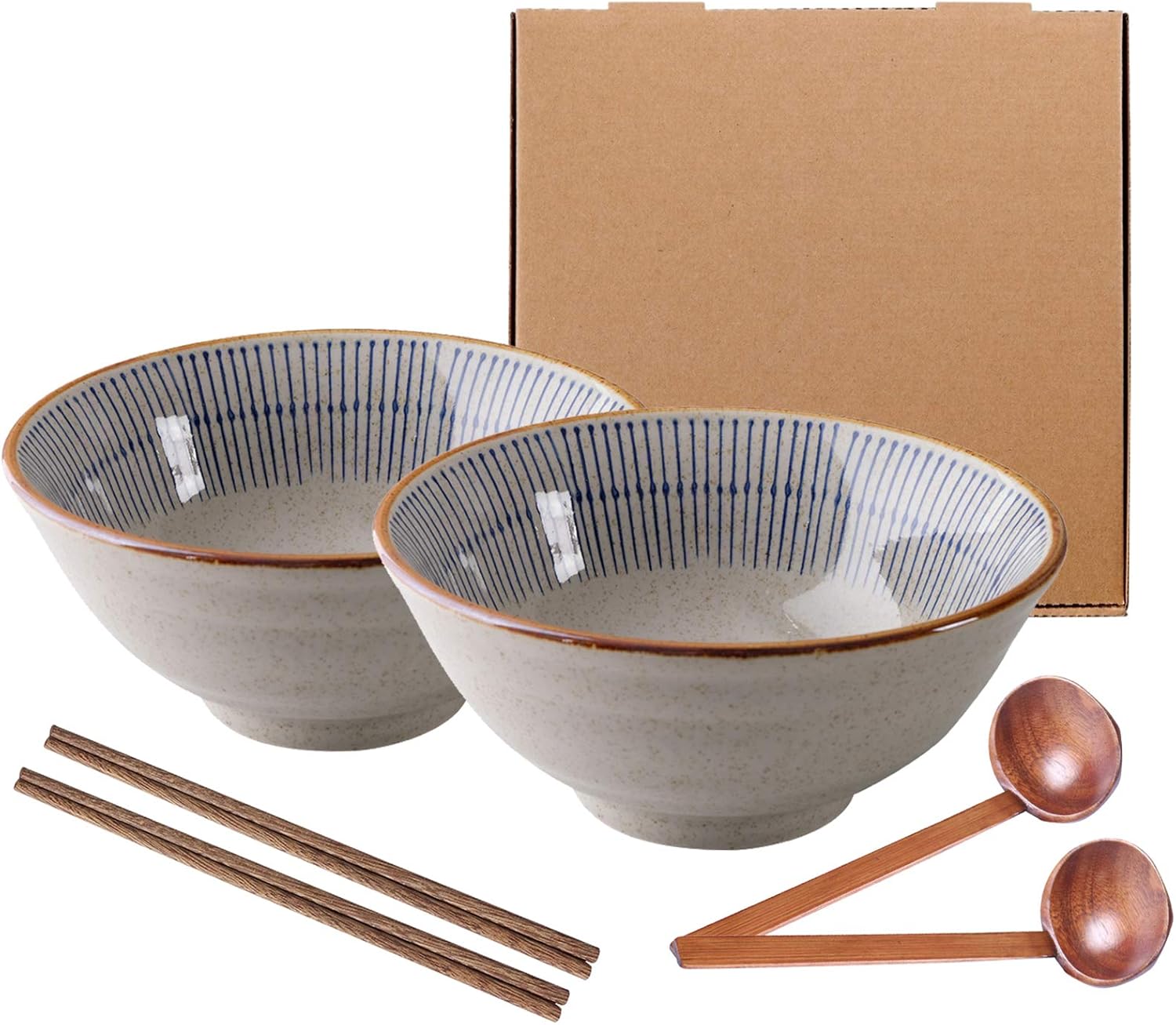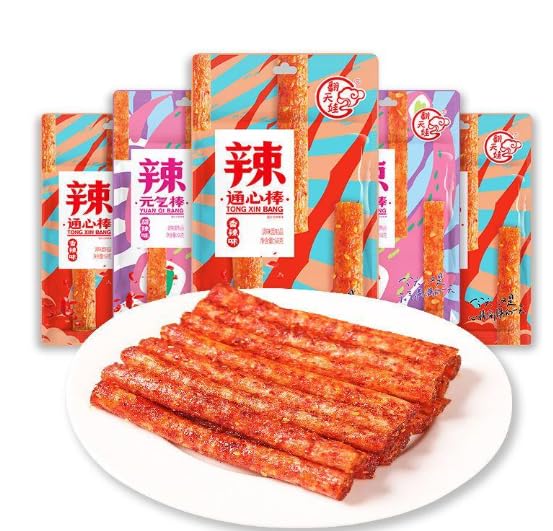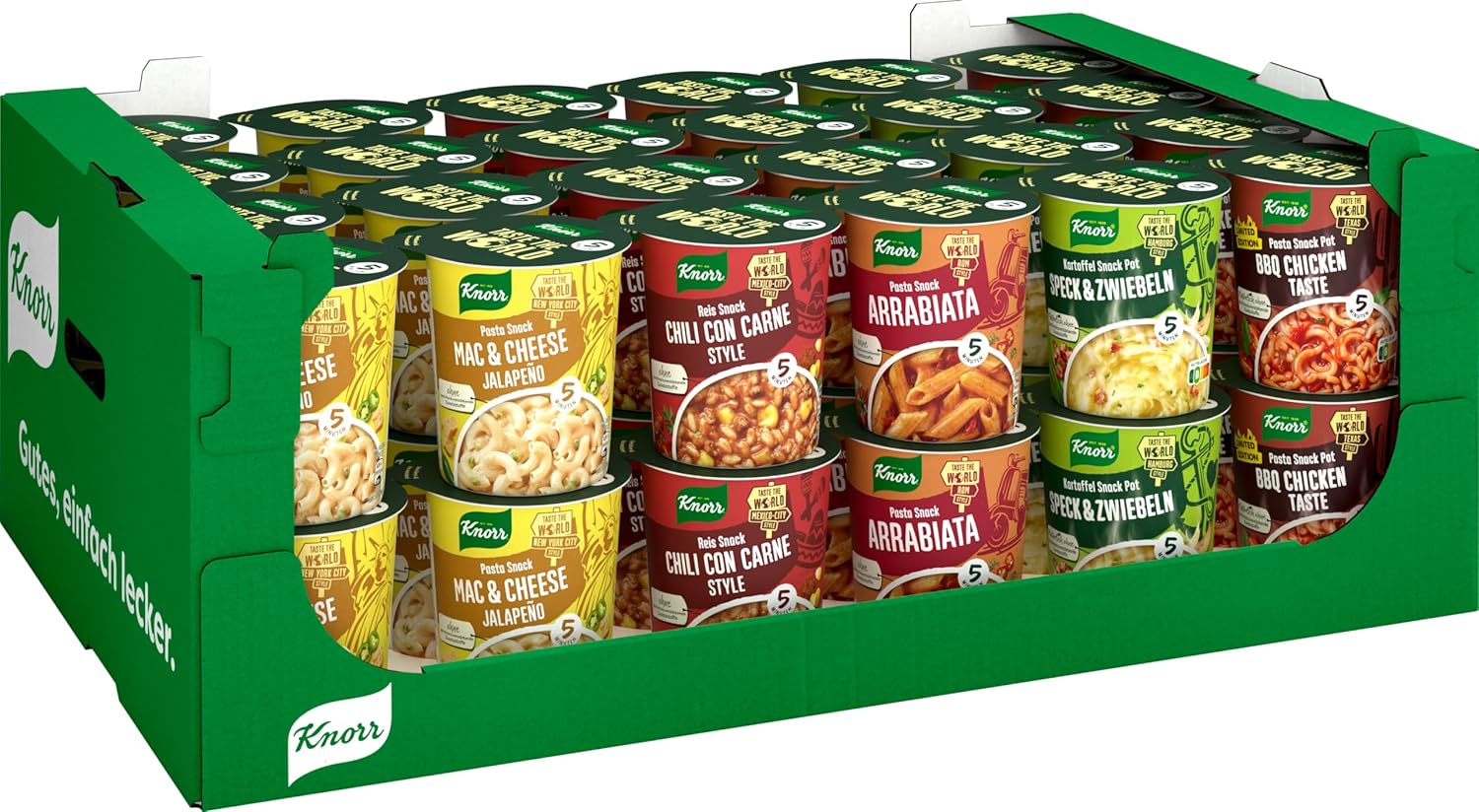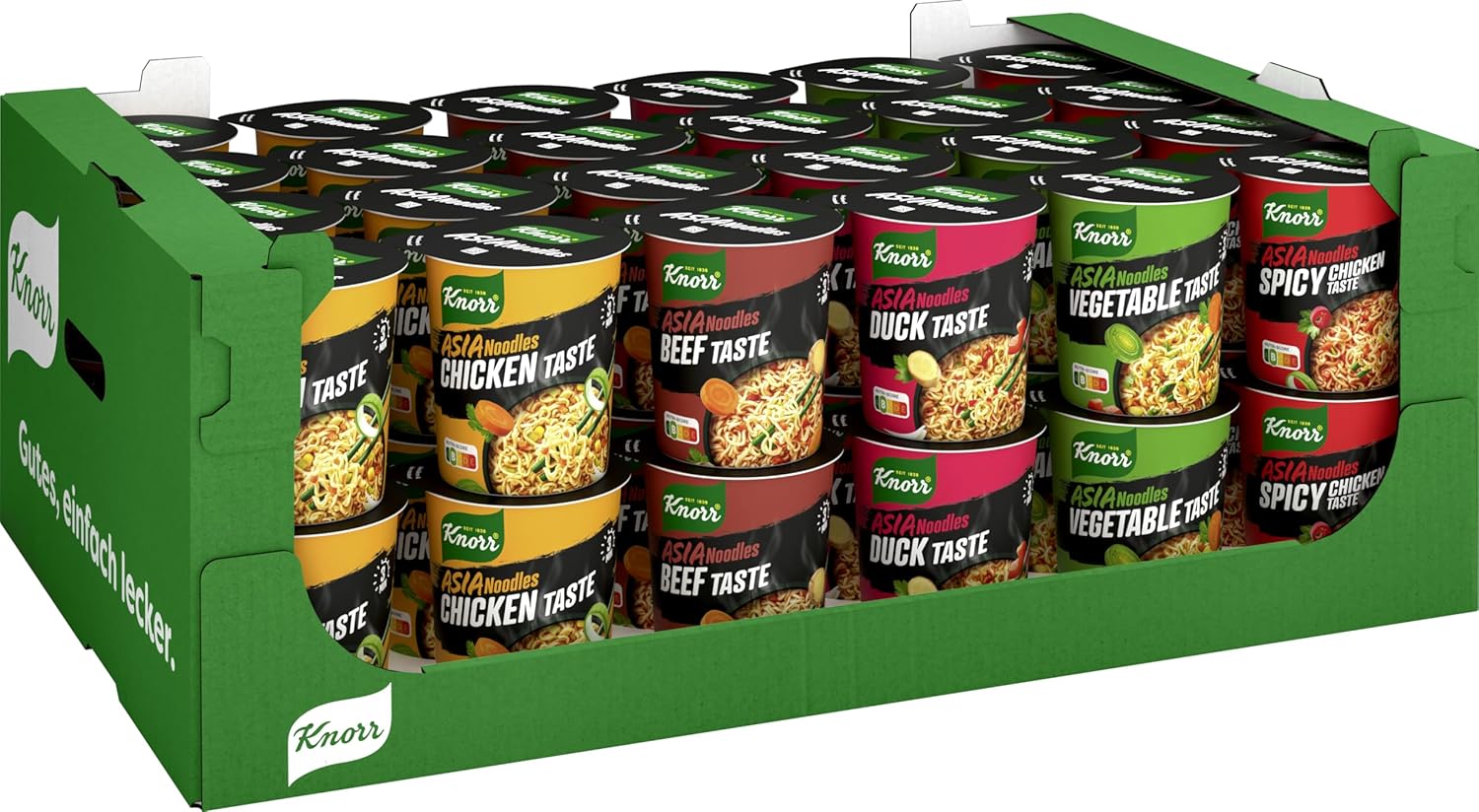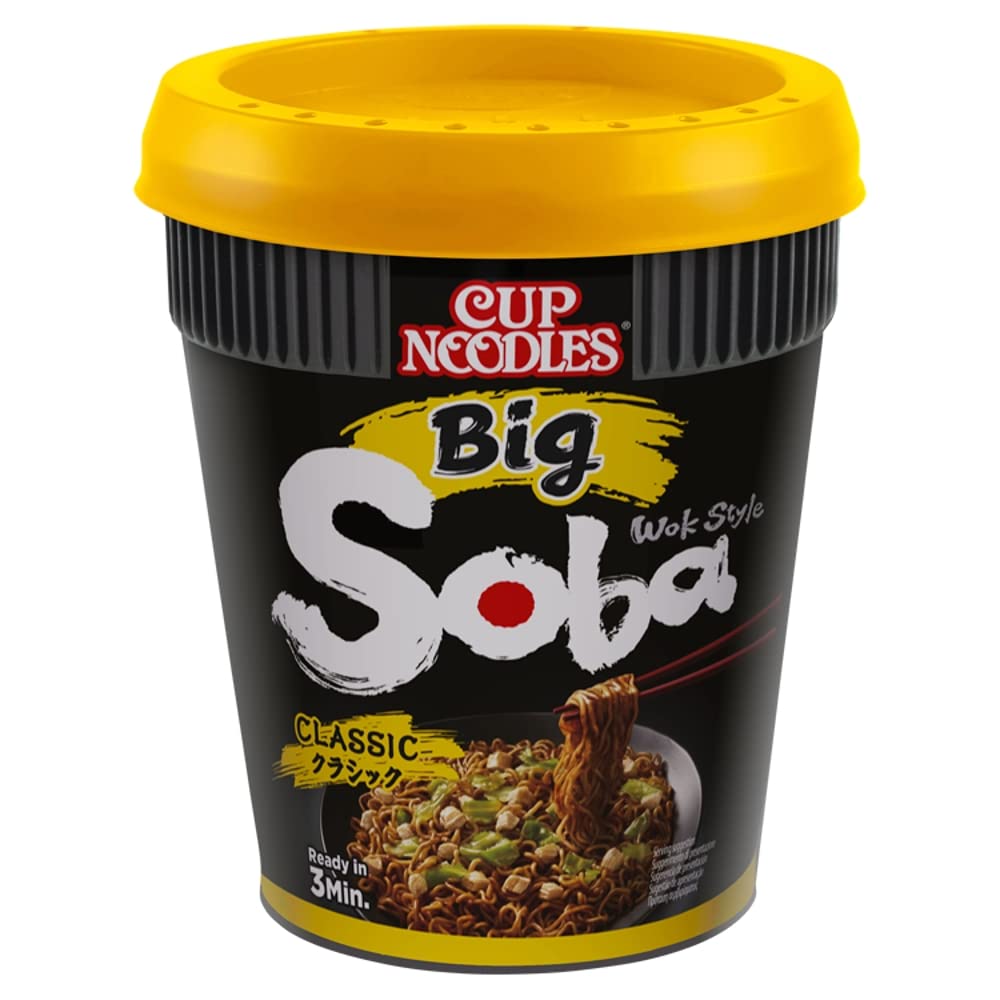Are you torn between craving a warm bowl of ramen or a hearty serving of udon? Both are delicious Japanese noodles, but which one is truly better for you?
Whether you want something light and flavorful or thick and comforting, choosing the right noodle can make all the difference. You’ll discover the key differences, flavors, and textures that set ramen and udon apart. By the end, you’ll know exactly which one suits your taste and mood best.
Keep reading to find your perfect noodle match!
Ramen Origins
Ramen is a popular Japanese noodle soup loved worldwide. It has a rich history and many regional styles. Understanding its origins helps appreciate its unique taste. The story of ramen blends culture, history, and food tradition.
Ramen started as a simple meal but grew into a culinary icon. Each bowl tells a story of the place and people who made it.
History And Cultural Roots
Ramen came to Japan from China in the early 1900s. It was first called „shina soba,“ meaning Chinese noodles. After World War II, ramen became cheap and popular food. It helped feed many people during tough times.
Ramen combines Chinese noodles with Japanese flavors. Over time, Japan added its own ingredients and style. Today, ramen is a symbol of Japanese food culture. It shows how cultures mix to create something new.
Regional Variations
Different parts of Japan made their own ramen versions. Sapporo ramen uses miso broth, rich and thick. Hakata ramen has thin noodles and pork broth. Tokyo ramen features soy sauce soup with medium noodles.
Each region uses local ingredients and tastes. These variations show ramen’s flexibility and creativity. Trying different types gives a taste of Japan’s diverse food culture.
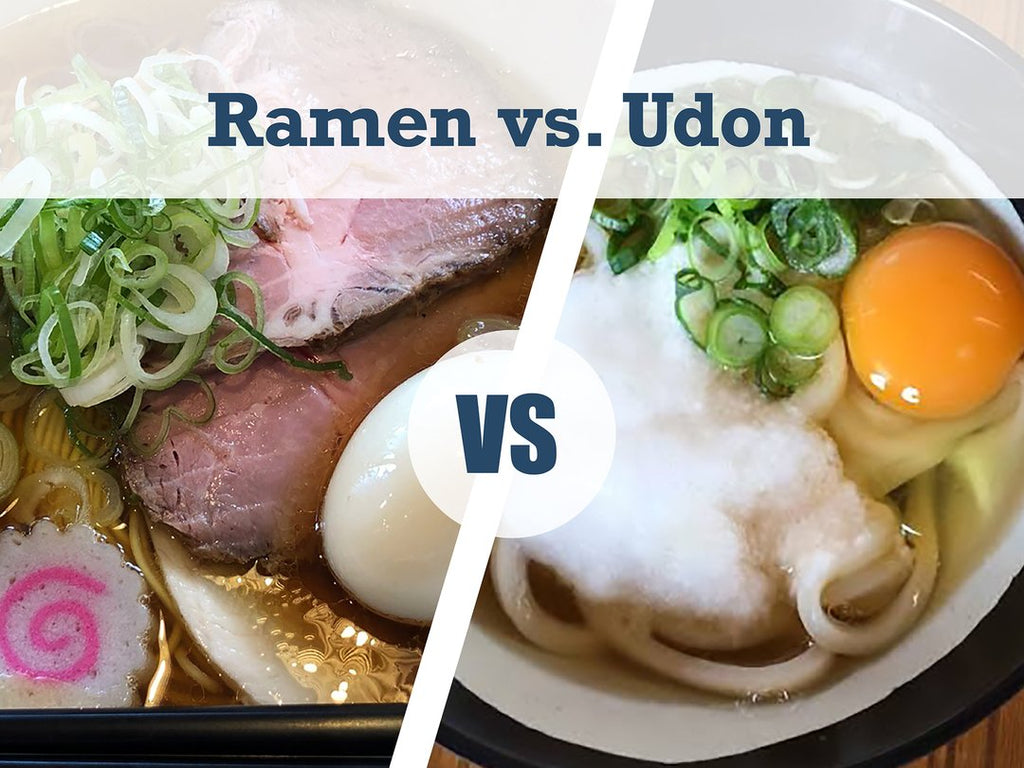
Credit: www.apexsk.com
Udon Origins
Udon is a thick wheat noodle that has been part of Japanese food for centuries. It offers a soft, chewy texture and pairs well with many broths and toppings. Understanding udon’s origins helps appreciate its place in Japanese cuisine and culture.
The story of udon is tied to history and geography. It reflects the simple yet rich flavors loved by many across Japan.
Historical Background
Udon noodles came to Japan from China around the 9th century. Buddhist monks likely introduced them during the Nara period. At first, udon was a rare food served in temples and noble houses.
Over time, udon spread to the common people. By the Edo period, it became a popular street food. The noodles were easy to make and filled many hungry mouths.
Regional Styles
Different areas in Japan have their own udon styles. Each region uses local ingredients and flavors. For example, Sanuki udon from Kagawa is famous for its firm texture.
In the Kansai region, the broth tastes lighter and sweeter. Meanwhile, Nagoya’s miso-based udon offers a rich, bold flavor. These regional differences show how udon adapts to local tastes.
Noodle Differences
Noodles are the heart of both ramen and udon dishes. Their differences affect taste and eating experience. Understanding these differences helps you choose your favorite.
Ramen and udon noodles vary in ingredients, texture, thickness, and shape. These details shape their unique qualities.
Ingredients And Texture
Ramen noodles usually contain wheat flour, salt, water, and kansui. Kansui is a type of alkaline mineral water. It gives ramen noodles a firm and slightly chewy texture. The alkaline also adds a yellowish color to ramen noodles.
Udon noodles are made from wheat flour, salt, and water only. They have no kansui. This makes udon soft and smooth. Udon noodles feel thick and tender in the mouth.
Thickness And Shape
Ramen noodles are thin and curly or straight. Their thinness helps them soak up broth flavors quickly. The curls add a springy bite.
Udon noodles are thick and round or flat. Their thickness gives a chewy, hearty bite. Udon’s shape holds lighter broths well without getting soggy.
Broth And Flavor
The broth is the heart of both ramen and udon dishes. It shapes the flavor and makes each bowl special. Broth and flavor set the mood for the meal. They bring warmth and comfort in every sip. Understanding these differences helps you choose your favorite noodle soup.
Ramen Broth Types
Ramen broth has many types and rich flavors. Pork bones simmer for hours to create tonkotsu broth. It is creamy and thick. Shoyu broth uses soy sauce for a salty, dark taste. Miso broth adds fermented soybean paste, making it bold and savory. Shio broth is salt-based and lighter than others. Each broth type offers a unique taste experience.
Udon Broth Characteristics
Udon broth is simple and clear. It usually uses dashi, made from fish and seaweed. This broth has a light, umami flavor. Soy sauce and mirin add a mild sweetness. The taste is gentle, not overpowering. Udon broth highlights the noodle texture more than ramen broth does.
Common Toppings
Toppings bring flavor and texture to both ramen and udon. They make each bowl unique and tasty. Common toppings vary but often share some popular ingredients. These toppings enhance the noodles and broth. They give each dish its character and charm.
Ramen Toppings
Ramen often has rich, savory toppings. Slices of chashu pork add a tender, meaty taste. Soft-boiled eggs with a runny yolk are common. Nori seaweed sheets provide a salty crunch. Bamboo shoots give a nice, firm texture. Green onions add freshness and color. Sometimes, corn or mushrooms appear for extra flavor. Fish cakes with a pink swirl add a fun look. These toppings balance the strong broth flavors well.
Udon Toppings
Udon toppings tend to be simpler and lighter. Tempura, like shrimp or vegetables, adds crunch. Kamaboko, or fish cake, is a popular choice. Wakame seaweed gives a soft, ocean flavor. Green onions brighten the taste with freshness. Grated ginger or daikon adds zest and spice. Sometimes, tofu or egg is included for protein. These toppings match udon’s mild, smooth broth perfectly.
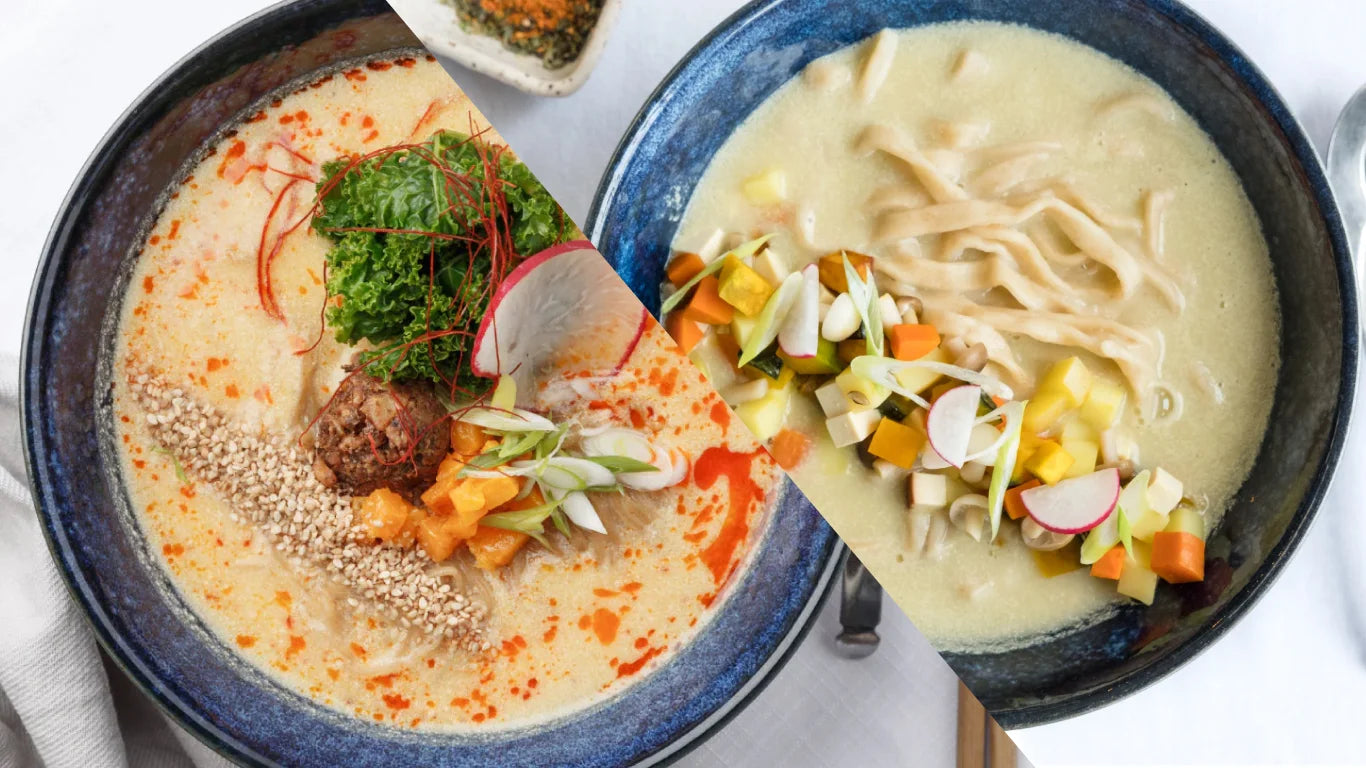
Credit: plantbasedworkshop.com
Nutritional Comparison
Ramen and udon are popular Japanese noodles with different textures and flavors. Both noodles offer unique nutrition profiles. This section compares their calories, nutrients, and health effects. Understanding these differences helps choose the better option for your diet.
Calorie And Nutrient Content
Ramen noodles usually have more calories than udon. A typical bowl of ramen has about 400 to 500 calories. Udon noodles contain around 200 to 300 calories per serving. Ramen is made from wheat with added fats and salts. Udon noodles are thicker and made from simple wheat flour and water.
Ramen contains more protein and fat. Udon has fewer fats and more carbohydrates. Both noodles have low fiber levels. Ramen may have higher sodium due to seasoning. Udon is often served with lighter broth, which lowers sodium intake.
Health Benefits And Concerns
Udon noodles are easier to digest and good for light meals. Their simple ingredients cause fewer digestive issues. Ramen often contains more fat and salt, raising health concerns. High sodium in ramen can increase blood pressure risks.
Ramen may provide more energy due to its fat and calorie content. Udon supports hydration better because of its low sodium. Both noodles are low in vitamins and minerals. Add vegetables, lean protein, and broth to improve nutrition.
Popularity And Trends
Ramen and udon are two popular Japanese noodles loved worldwide. Both have unique flavors and textures that attract many people. Their popularity changes with trends and tastes in different countries.
Global Popularity
Ramen has gained huge fame outside Japan. Big cities like New York and London have many ramen shops. People enjoy its rich broth and thin noodles. Udon is also popular but less so globally. Its thick noodles and mild flavor appeal mostly in Asia. Ramen’s variety of flavors makes it a global favorite. Udon remains a comfort food in Japan and nearby countries.
Current Food Trends
Ramen fits well with modern food trends. Consumers like bold tastes and creative recipes. Chefs add new ingredients to ramen, keeping it fresh. Udon appeals to those who want simple, healthy meals. It often appears in plant-based and low-fat menus. Both noodles adapt to trends but serve different tastes. Ramen is trendy for excitement. Udon is growing for health and comfort.
Choosing Between Ramen And Udon
Choosing between ramen and udon depends on what you want from your meal. Both are popular Japanese noodles but offer different experiences. Taste, texture, and how they are served can help you decide. Understanding these factors makes picking easier and more enjoyable.
Taste Preferences
Ramen has a rich, savory broth. It often includes pork, soy, or miso flavors. The noodles are thin and chewy. This gives a bold, full flavor with every bite.
Udon has a mild, light broth. Usually made from dashi or soy sauce, it tastes simple and clean. The noodles are thick and soft. This makes udon gentle on the palate.
Occasions And Serving Styles
Ramen suits casual meals or when you want comfort food. It is often served hot with many toppings like egg, meat, and vegetables. Great for cold days or when you want a filling dish.
Udon works well for quick meals or warm snacks. It can be served hot or cold. Udon is often paired with simple garnishes like green onions and tempura. Ideal for a light lunch or a refreshing summer dish.

Credit: www.apexsk.com
Frequently Asked Questions
Which Is Healthier: Ramen Or Udon Noodles?
Udon noodles are generally healthier due to their lower fat and sodium content. Ramen often contains more oil and salt, especially instant varieties. Udon is usually made from simple wheat flour and water, making it a lighter choice for those seeking a healthier meal.
What Is The Main Difference Between Ramen And Udon?
The main difference is noodle thickness and texture. Ramen noodles are thin and curly, while udon noodles are thick and chewy. This impacts the overall eating experience and the types of broths typically paired with each noodle.
Which Noodle Is Better For Weight Loss: Ramen Or Udon?
Udon is better for weight loss because it has fewer calories and less fat. Ramen, especially instant versions, often contain higher sodium and unhealthy fats. Choosing broth-based udon dishes can help maintain a balanced diet.
Can Ramen And Udon Be Used Interchangeably In Recipes?
Ramen and udon can sometimes be swapped, but the texture and taste will change. Ramen suits spicy, rich broths; udon pairs well with mild, clear soups. Substituting noodles may affect the dish’s authenticity and mouthfeel.
Conclusion
Ramen and udon both offer unique tastes and textures. Ramen is rich and flavorful with thinner noodles. Udon has thick, chewy noodles and a mild broth. Your choice depends on what you enjoy more. Craving something hearty? Try ramen. Want a simple, comforting meal?
Udon fits well. Both noodles bring joy to the table. Taste them both and decide your favorite. Either way, you will enjoy a delicious meal. Simple, tasty, and satisfying. What more could you want?


